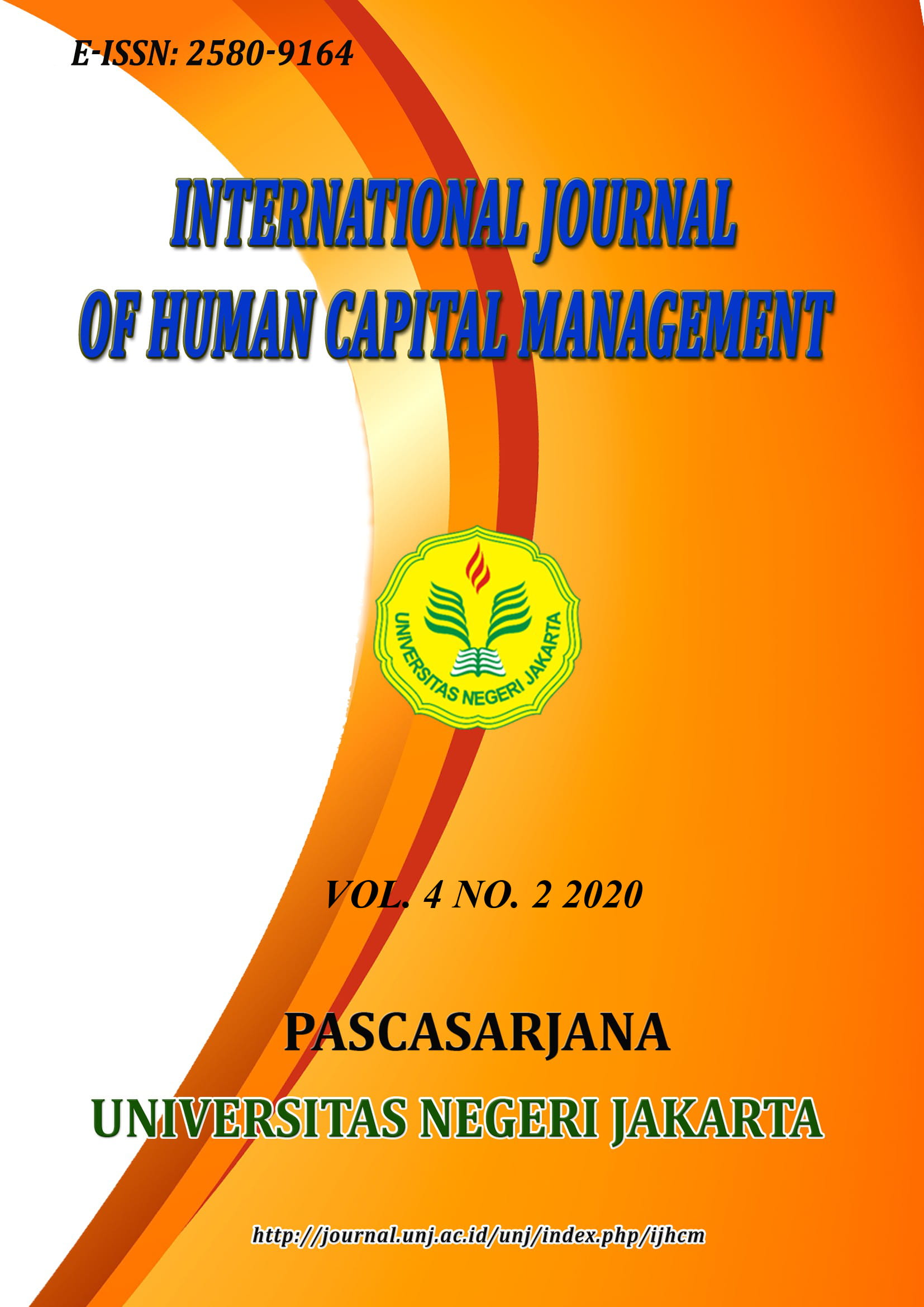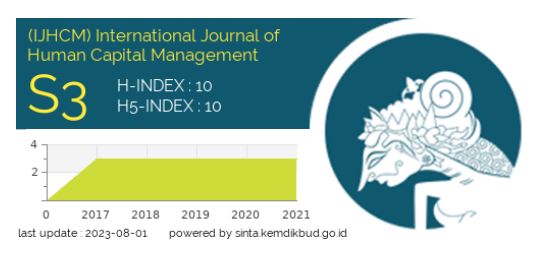Phenomenology Study on The Formulation of A Vision to Achieve The Future of The University
Abstract
The purpose of this study is to analyze the process of making a vision in a private tertiary institution (PTS) in Karawang when it was founded and the prospects for achieving the vision in the next 5 to 10 years. The existence of a vision for a tertiary institution in Indonesia is a necessity, so the existence of a vision is one of the most important assessment items in tertiary accreditation. The National Accreditation Board for Higher Education (Ban-PT) established the vision as the first serial number instrument of all tertiary accreditation assessment instruments. The research method uses phenomenology which will reveal the experience of the leaders and founders of the University. The number of informants was 17 people, consisting of 8 university leaders who made the vision, and the remaining 9 people acted as validators to validate the research data, consisting of 8 program leaders and 1 external party of the university. Data were collected using interview techniques, document studies, field observations and FGDs. Data were analyzed using content analysis, frequency analysis, and SWOT matrix analysis. The results of the study indicate that at the time of its founding, the university was in a strong condition and had many opportunities while the prospect of achieving the vision in the next 5 to 10 years seemed that university performance had to be higher because it would face the challenges of higher external factors, both from national universities and from universities international high
Copyright (c) 2020 Uus Mohammad Darul Fadli, Maruf Akbar, Hamidah

This work is licensed under a Creative Commons Attribution-NonCommercial-ShareAlike 4.0 International License.







